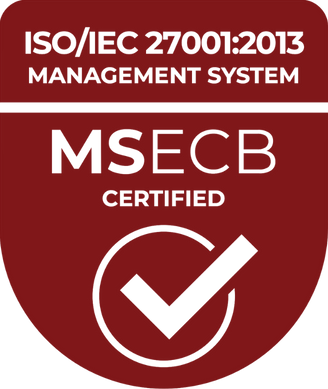Competence development takes place best within projects

This week’s guest blogger is Essi Isohanni, Director of Competence Development at Vincit. Vincit is a top-level expert organization that is working day by day to make digitalization work better for all. Their work covers a wide range of programming and service design projects – or maybe something else that wasn’t yet invented when this article was written!
We asked Vincit employees about competence development, and 97% responded that they are often developing their skills through their daily work projects. In this blog post, Essi explains how Vincit creates opportunities for this competence development in its work projects.
Instead of dividing time between projects, daily tasks, and skills development, Vincit has chosen to incorporate education into everyday working life and to utilize projects as learning environments for their experts. This means that decisions regarding resource allocation are not solely made from a business perspective, instead, aspects such as educational value and opportunities to develop are taken into consideration.
At Vincit, we believe that one of our most important assets is our human capital, and we believe that one of the most important responsibilities we have as an employer is to ensure the continuous development of our employees.
The allocation process forms the basis for competence development
Vincit does not make its allocation decisions simply from a business perspective; instead, the goal is to be able to take into account the expert’s personal perspective, including areas such as their areas of interest and their competence development goals. This means that employees are not simply allocated to some project or another. We always aim to allocate them to a project that feels meaningful for their own development.
The Vincit allocation process seeks to integrate three important perspectives: those of the customer, Vincit, and the employee. For a long time, Vincit has been managing this complex whole by trusting in swarm intelligence. The operations manager of the team knows the experts in their team at a personal level. The allocation decision, however, is not made by just one person – the operations managers of all the cells participate in the process. This group seeks to harness collective knowledge in order to properly take account of all three perspectives listed above and thus find the solution that most effectively combines them all.
Crowd memory supports decision-making
In recent years, Vincit has been growing at a rapid rate. There are more and more cells and cell managers, which means that the group of decision-makers involved in the allocation process is growing.
This growth has generated a need for an information system that supports swarm intelligence. Such a system would store all the relevant information so that it is available whenever needed to all those involved in making decisions. Based on its position in the facilitation process, we could call this information system ‘crowd memory’.
In spring 2022, we started using Cinode as a tool to support our allocation process. It encompasses not only data about all our projects and our employees’ skills, but also information about people’s personal goals, plans for competence development, and what kind of projects they would like to work on. Because all of this data is stored in the same place, it is easy to utilize – both at the technical level and in people’s daily work.
How much should we rely on the information system?
At Vincit, we believe that it is not enough that the data is simply recorded in a system. In addition, we must also have that personal connection with each and every employee. We have 1-to-1 conversations as often as is needed to maintain that connection, and we also use regular surveys to ask employees how they are feeling about their projects and about other things.
Some allocation decisions are so straightforward that they can be made with the help of the information system much more easily than without them. When making more complex decisions, on the other hand, the information system helps to ensure that we can access and check all the important data and thus give better consideration to it all. In this way, we are relying on both collective knowledge and the information system. It’s better with both!
What next?
From my perspective as director of competence development, it has of course been a huge step forward to have competence development goals stored in the same information system as the other data used in our allocation process. But this has also given me a drive for more. It would be even better to have this information combined with, for example, the data in our HR system. Then we could take an even broader look at things. How well is our allocation process working when viewed from different perspectives? Is competence development actually happening in the project work? Is this reflected in, for example, employee satisfaction levels?
We therefore still have a long way to go in building these integrations. Once they are ready, we will be able to use data even more broadly to steer our business operations, and we will also be well set to develop even more systematic operating methods. I’m confident that we can build well on this solid foundation!
Want to know more about Cinode?
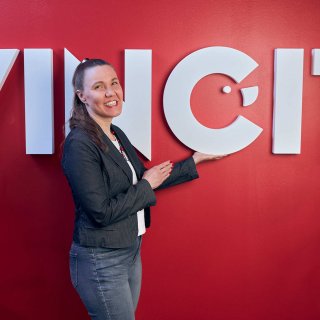
Strategic People Development
Strategic People Development
You may also like...
All posts
Jun 28 2023 · Entrepreneurship, Skills Management
Bridging the gap between Swedish companies and Polish IT talent

Apr 28 2023 · Cinode News, Skills Management
Easily create customized CVs with Cinode’s CV import tool
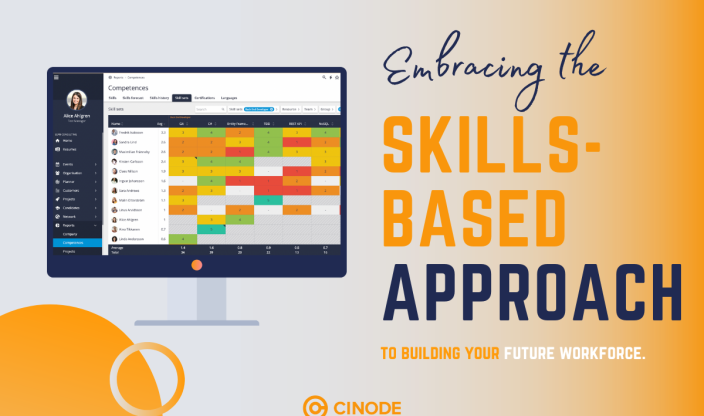
Apr 20 2023 · Consulting, Sales, Skills Management
How do you work more skills-based within your company?

Apr 04 2023 · Cinode News, Skills Management
5 Easter eggs for eggstra effective Skills Management

Mar 23 2023 · Consulting, Sales, Skills Management
“If you sell competence, you always need to be on top of how you develop your skill set”
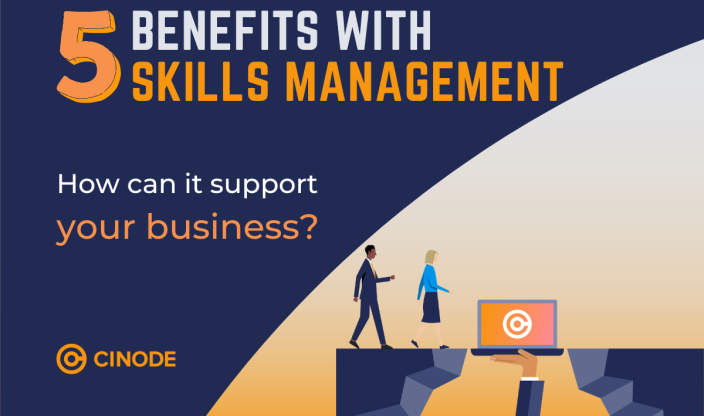
Feb 22 2023 · Skills Management
How can Skills Management help your company?

Feb 16 2023 · Skills, Skills Management
How to identify and recruit transferable skills
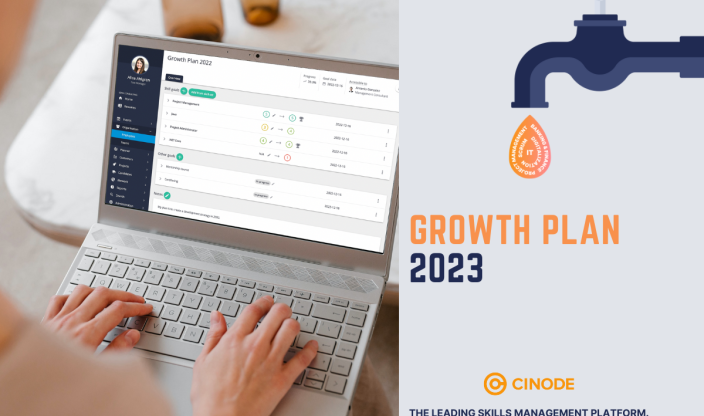
Feb 07 2023 · Skills Management
Flying start 2023 – how to succeed with your skills growth plan

Dec 21 2022 · Skills Management
Latest in Skills Management from the past year
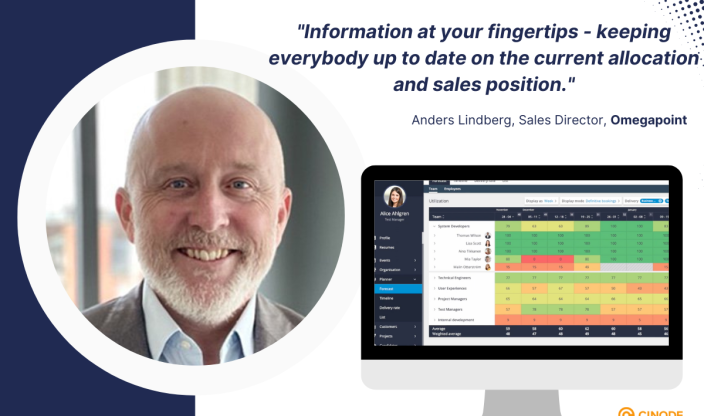
Dec 08 2022 · Cinode News, Skills Management
This is how utilization works in Cinode (Video)
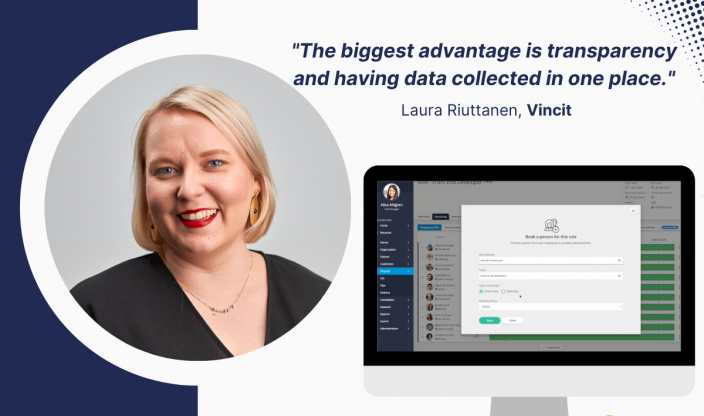
Dec 01 2022 · Cinode News, Skills Management
Add the right person to the right role with the right data (Video)
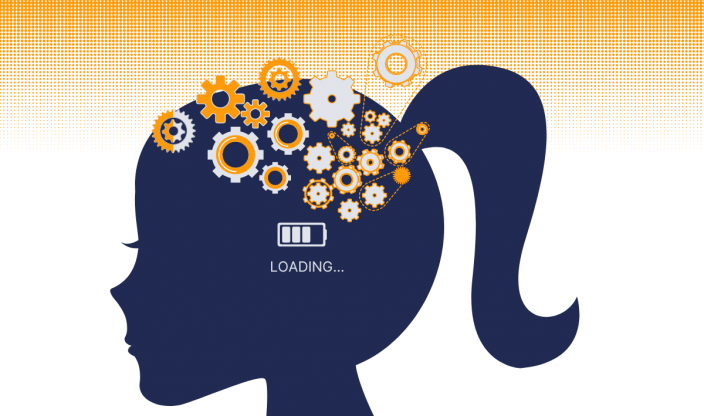
Nov 29 2022 · Skills, Skills Management
